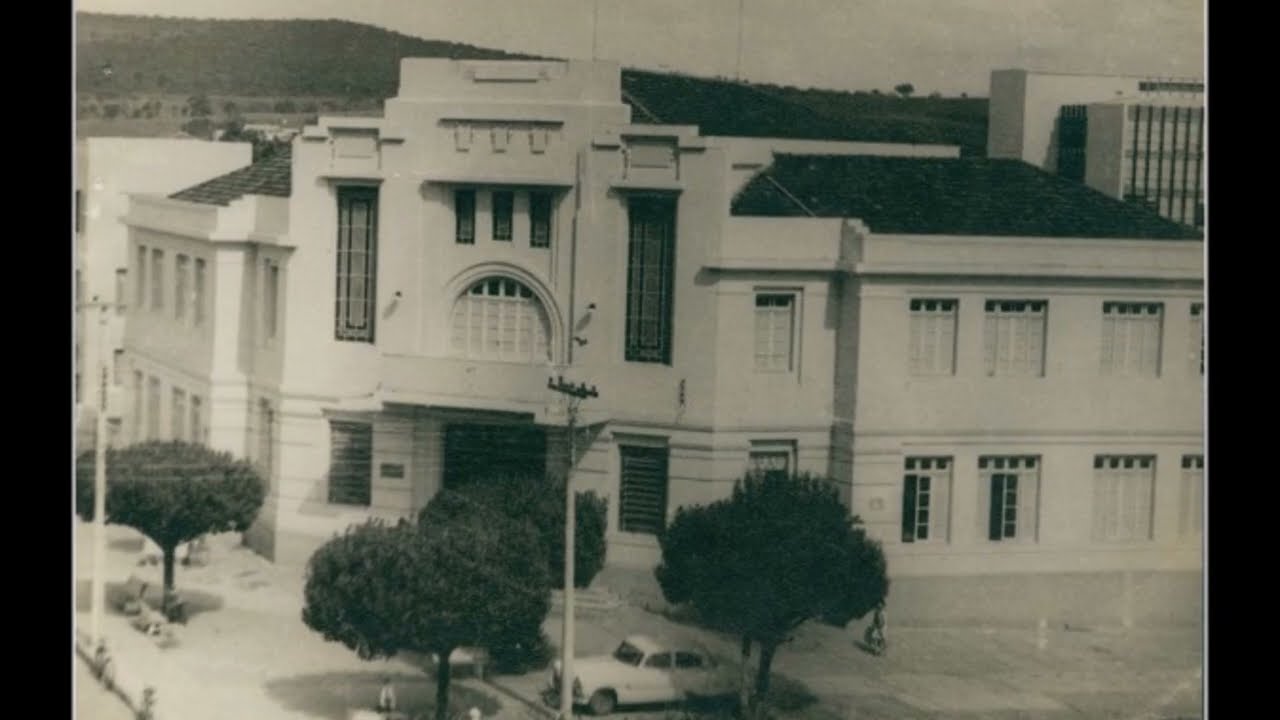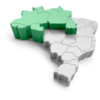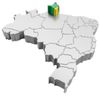
History of the city of Patos de Minas Minas Gerais Brazil
History of the city of Patos de Minas Minas Gerais Brazil. The process of colonization of the region occupied today by the municipality of Patos de Minas and neighboring districts began, probably, in the mid -eighteenth century, a period before the discovery of gold in the regions of the Minas Gerais, with the movement of entrances and flags towards the lands of Paracatu. The city of Patos de Minas emerged in the second decade of the nineteenth century around Lagoa dos Patos, where according to historical descriptions there was a huge amount of wild ducks. The first inhabitants were farmers and cattle breeders, being widely visited by drovers. The village, on the edge of the Paranaíba River, grew up, became a village and then the devotee Vila de Santo Antônio dos Patos. In 1892, the president of the state of Minas Gerais raised the village to the category of Patos de Minas. In 1943, the State Government changed its name to Guaratinga, causing dissatisfaction in the population. Given the popular appeals, in 1945 the name is changed again to Patos de Minas, to distinguish it from Patos da Paraíba, the oldest municipality. His birthday is celebrated on May 24, when the ‘National Festival of Corn’ takes place. The largest development of the municipality occurred in the 1930s by the improvements executed by the State Government, whose president was Olegário Dias Maciel. In his government, he settled and built the headquarters of the Normal School (then Professor Antonio Dias Maciel State School), Antonio Dias Maciel Regional Hospital, Olympio Borges Forum and Marcolino de Barros School Group. These works greatly expanded the influences of the municipality in the region. The 50’s was of great regional advance. There was great migratory outbreak and the installation of large commercial firms in the most diverse segments. At that time, the first bus terminal was built and the celebration of the National Corn Party began. In the 60s and 70s, during which time the country lived under pressure from the military dictatorship, there was some economic stagnation, motivated by the change from the country’s capital to Brasilia. Much of the local population moved there in search of a job. The capital continued to attract the patenses, especially with the creation of universities. Even today there is a significant colony of Patenses in Brasilia. This moment was marked by: CEMIG installation; Foundation of the Municipal College, transformed into Professor Zama Maciel State School; the creation of the Patos de Minas Educational Foundation, with the installation of the first college; The Faculty of Philosophy, Sciences and Letters, in 1970; and the consolidation of the road network with the asphalting of BRS 354 and 365, linking the municipality to the state capital and the northeast of the country. The discovery of the sedimentary phosphate deposit, in the locality of Rocinha, in the late 1970s, projected ducks of Minas Gerais nationally, causing the first visit of the President of the Republic to the city, General Ernesto Geisel, in 1974. This period was also marked by gaucho immigration, which set their homes and seed sales offices in Patos de Minas. The cultivation was made in the region of Cerrado, neighboring the municipality, mainly President Olegário and São Gonçalo do Abaeté. During this period, commercial development with the implementation of clothing industries and the installation of a CICA unit, the largest processor of tomatoes in Latin America, promoting the growth of sweet corn, pea and tomatoes in the region. Studies prove the predominance of indigenous tribes in the period before white domination in the region. According to Anteréré Prous, author of the book ‘Brazilian Archeology’, the occupation of the southwestern Minas Gerais region, a tribe that bravely resisted the white invaders, but was not studied. The existence of archaeological remains are the marks left by these nations. Administrative Training Created, with the denomination of Santo Antônio dos Patos, Provincial Law No. 472, of 31-03-1850, and by State Law No. 2, of 14-09-1891, subordinate to the Municipality of Patrocínio. Raised to the category of village, with the denomination of Santo Antônio dos Patos, by Provincial Law No. 1,291, of 30-10-1866, being dismembered from the municipality of Patrocínio, based in the former village of Santo Antônio dos Patos. Consisting of the headquarters district, it was installed on 29-02-1868. By Provincial Law No. 1,903, of 19-07-1872, and by State Law No. 2, of 14-09-1891, the district of Santana do Paranaíba is created and annexed to the village of Santo Antônio dos Patos. By Provincial Law No. 2,329, of 12-07-1876, and by State Law No. 2, of 14-09-1891, the district of Dores do Areado is created and annexed to the village of Santo Antônio dos Patos. By Provincial Law No. 2,656, of 04-11-1880, and by State Law No. 2, of 14-09-1891, the district of Lagoa Formosa is created and annexed to the village of Santo Antônio dos Patos. (Tagstotranslate) Patos de Minas
Patos de Minas MG Brazil: Visit, subscribe, and share the Official YouTube Channel























































































































